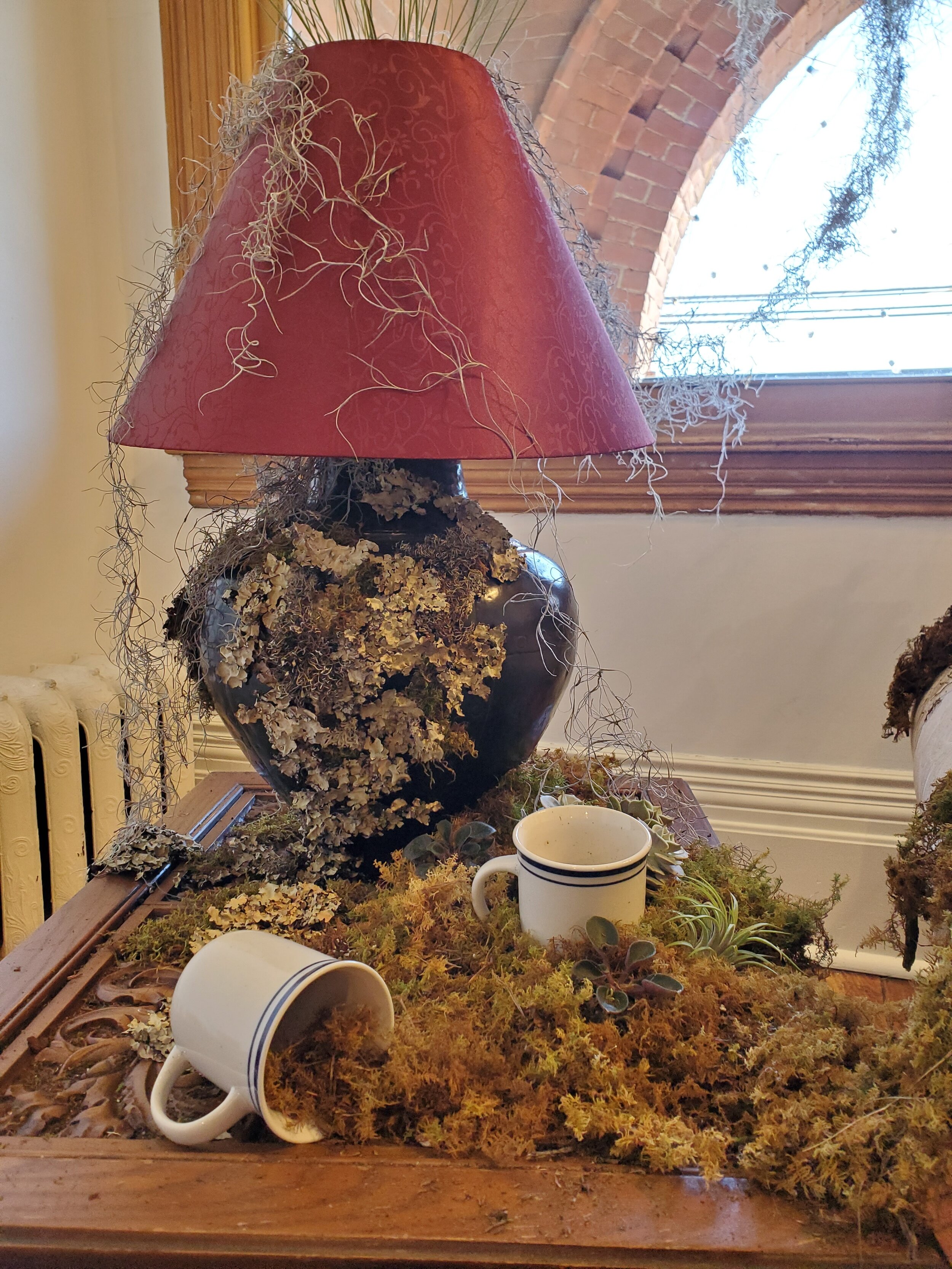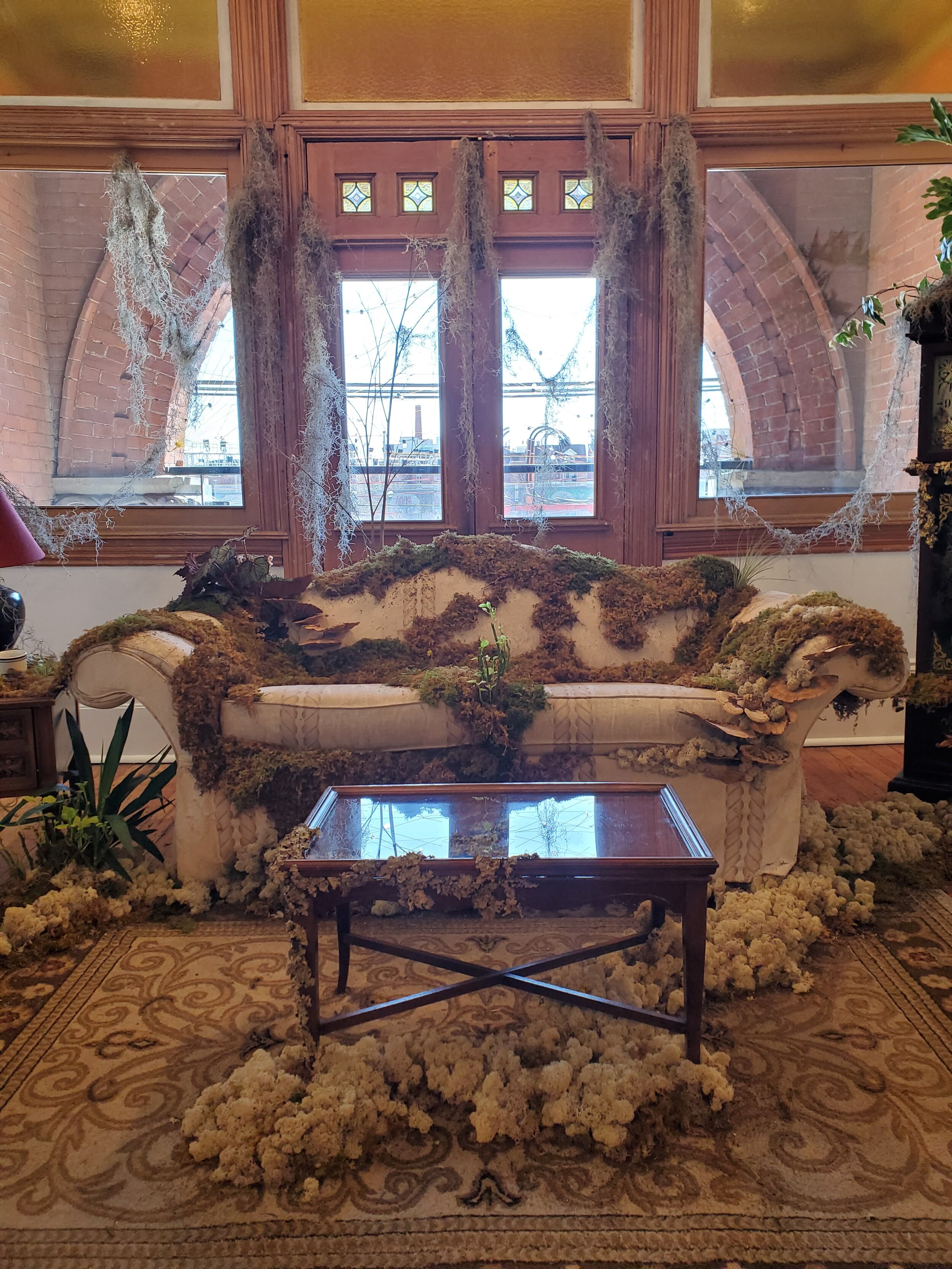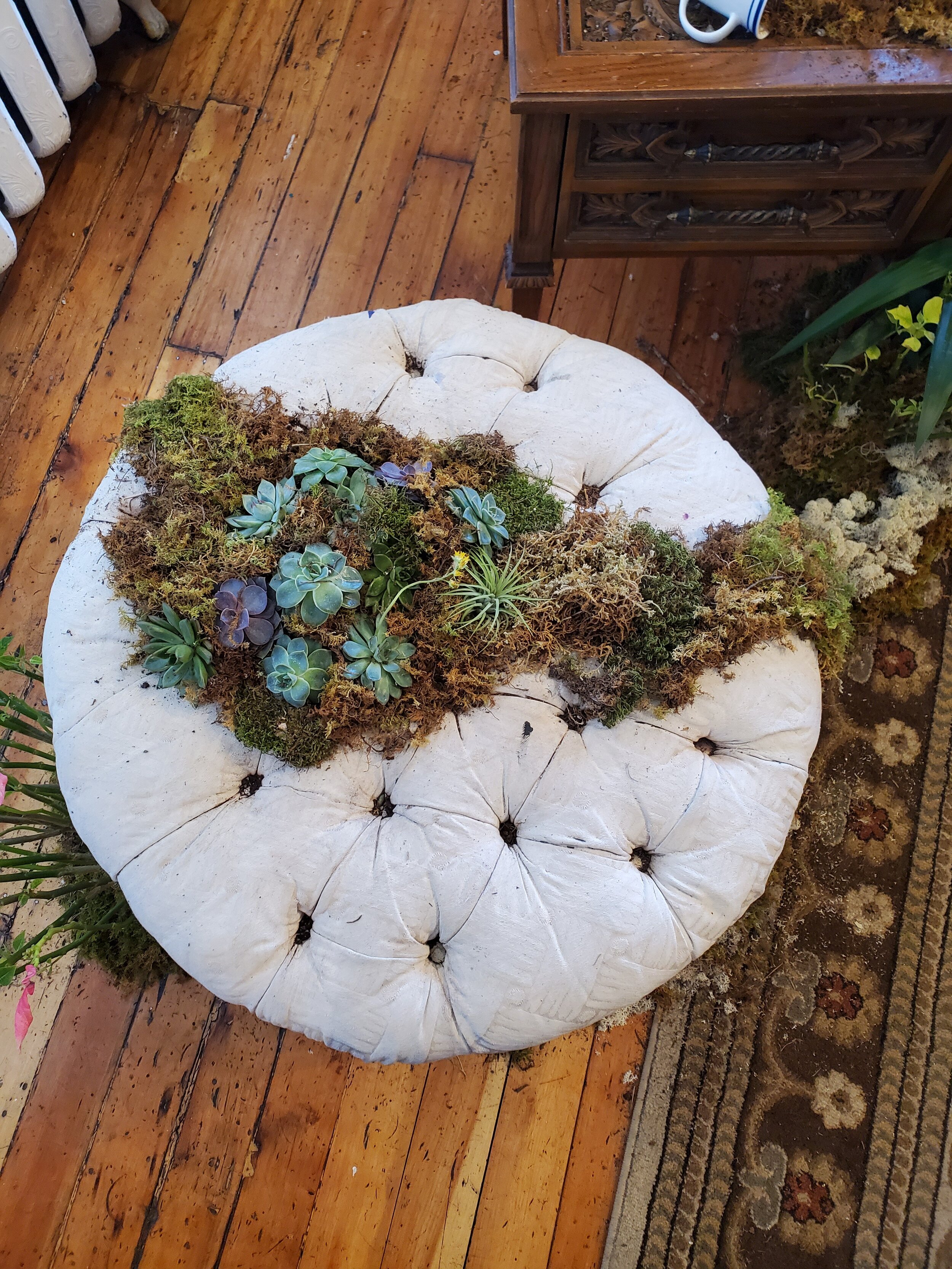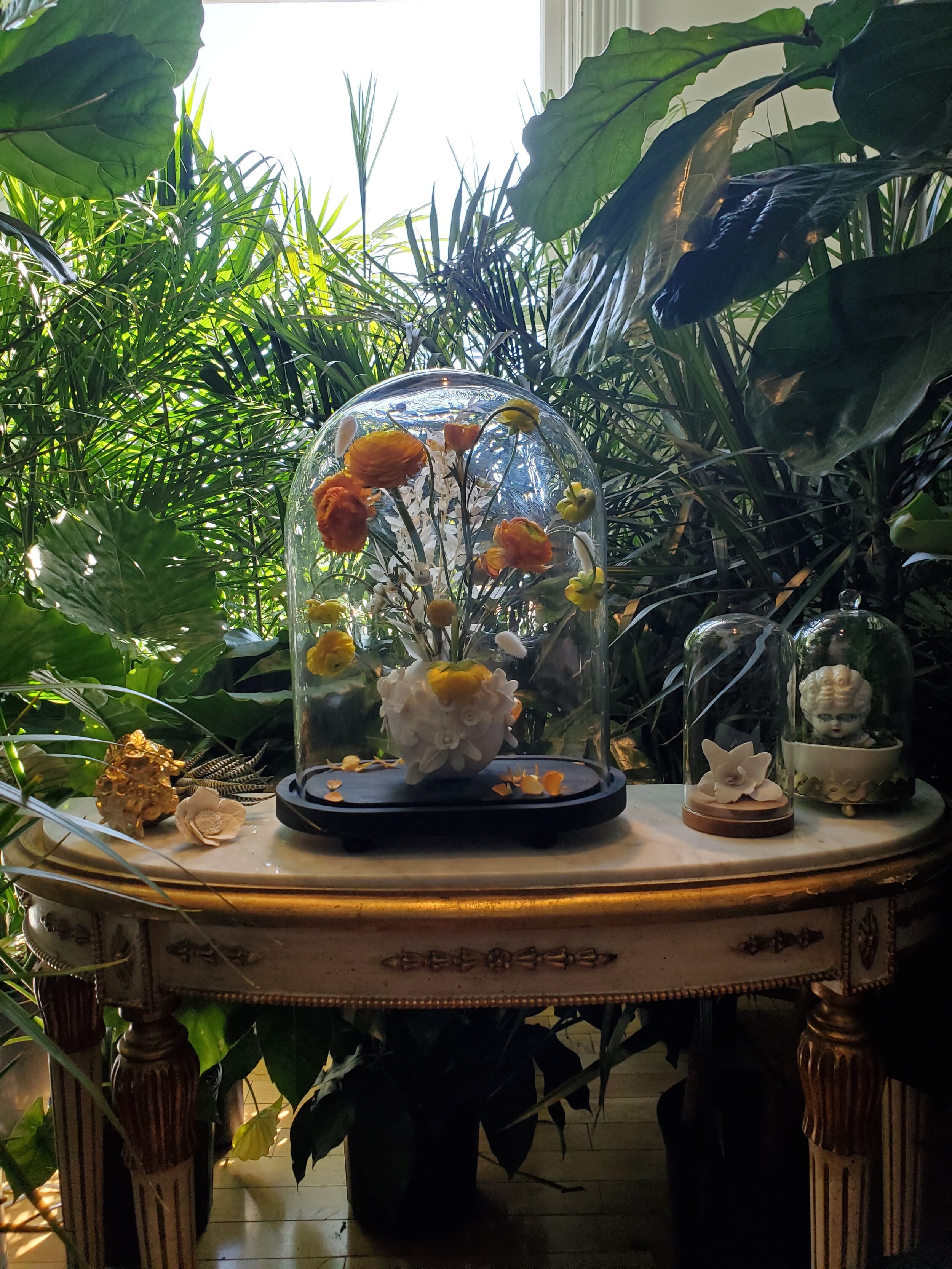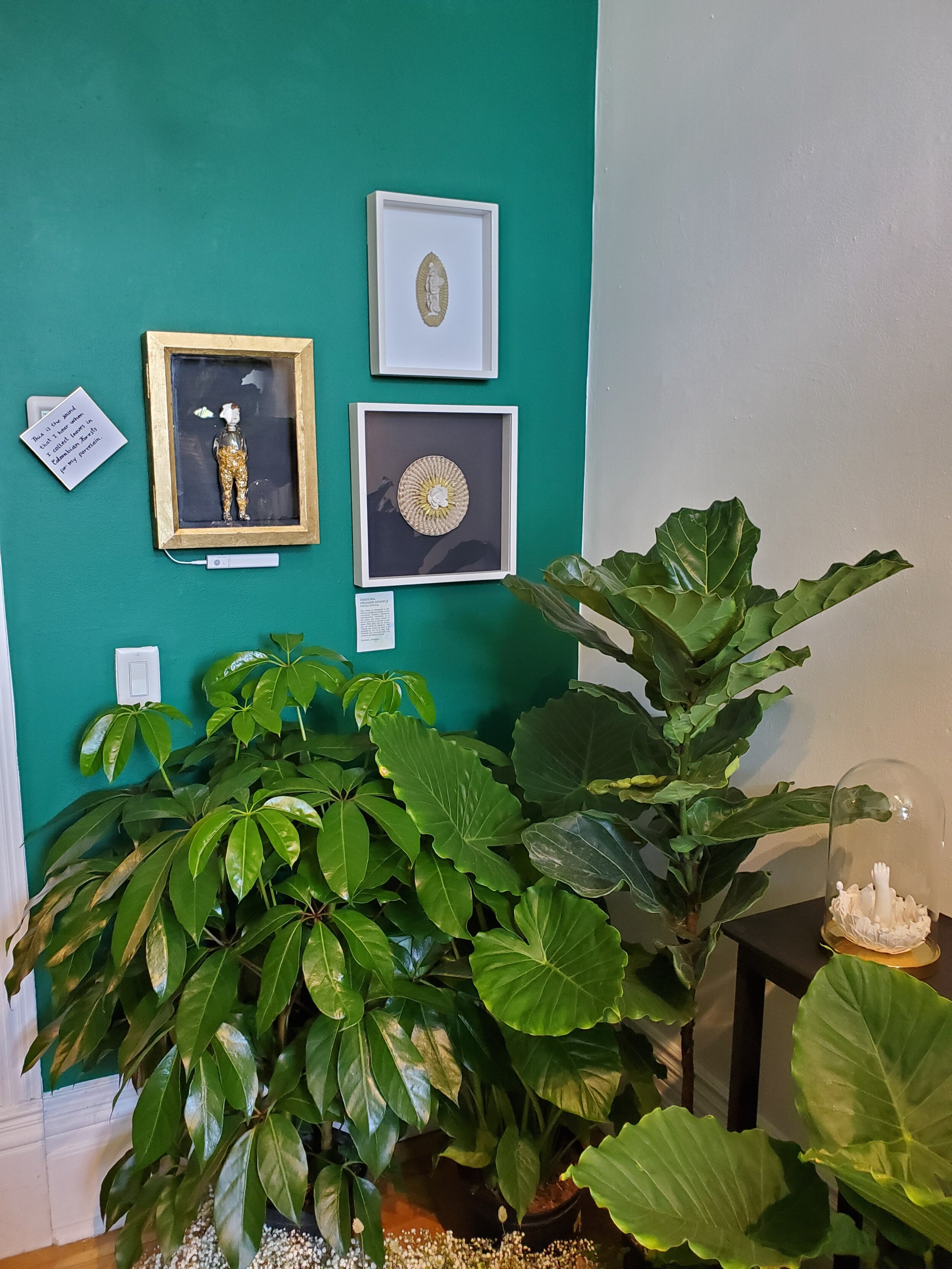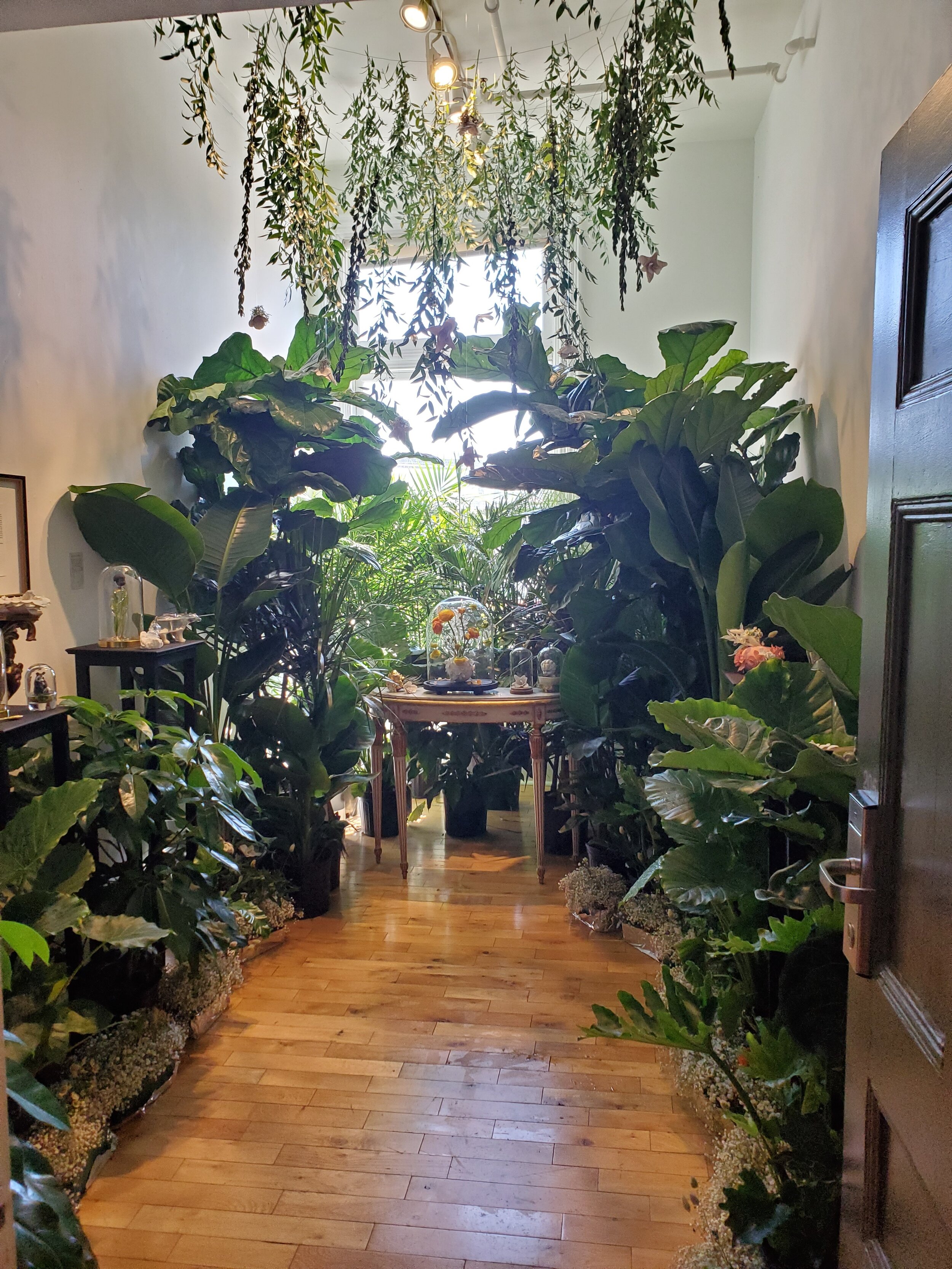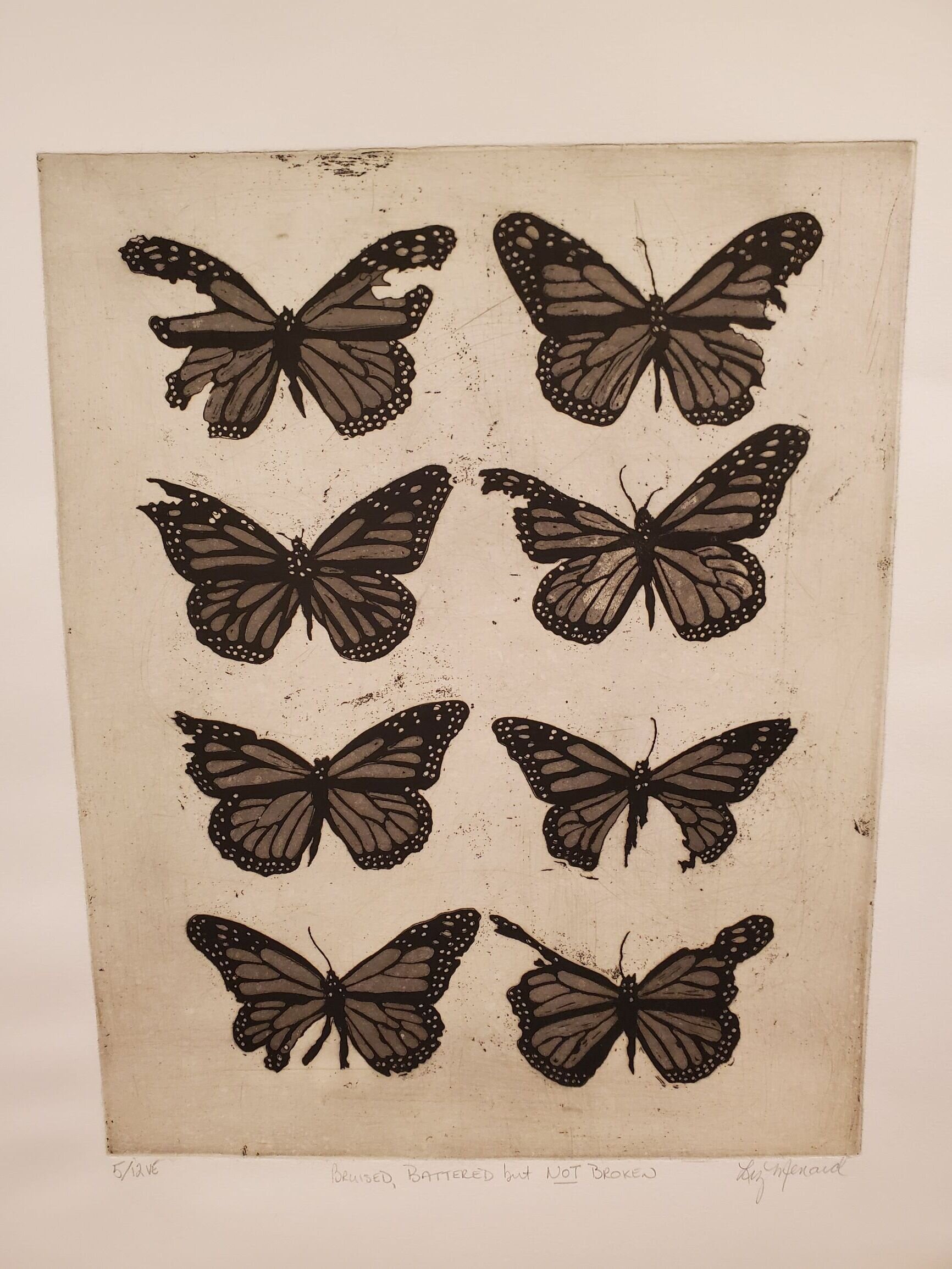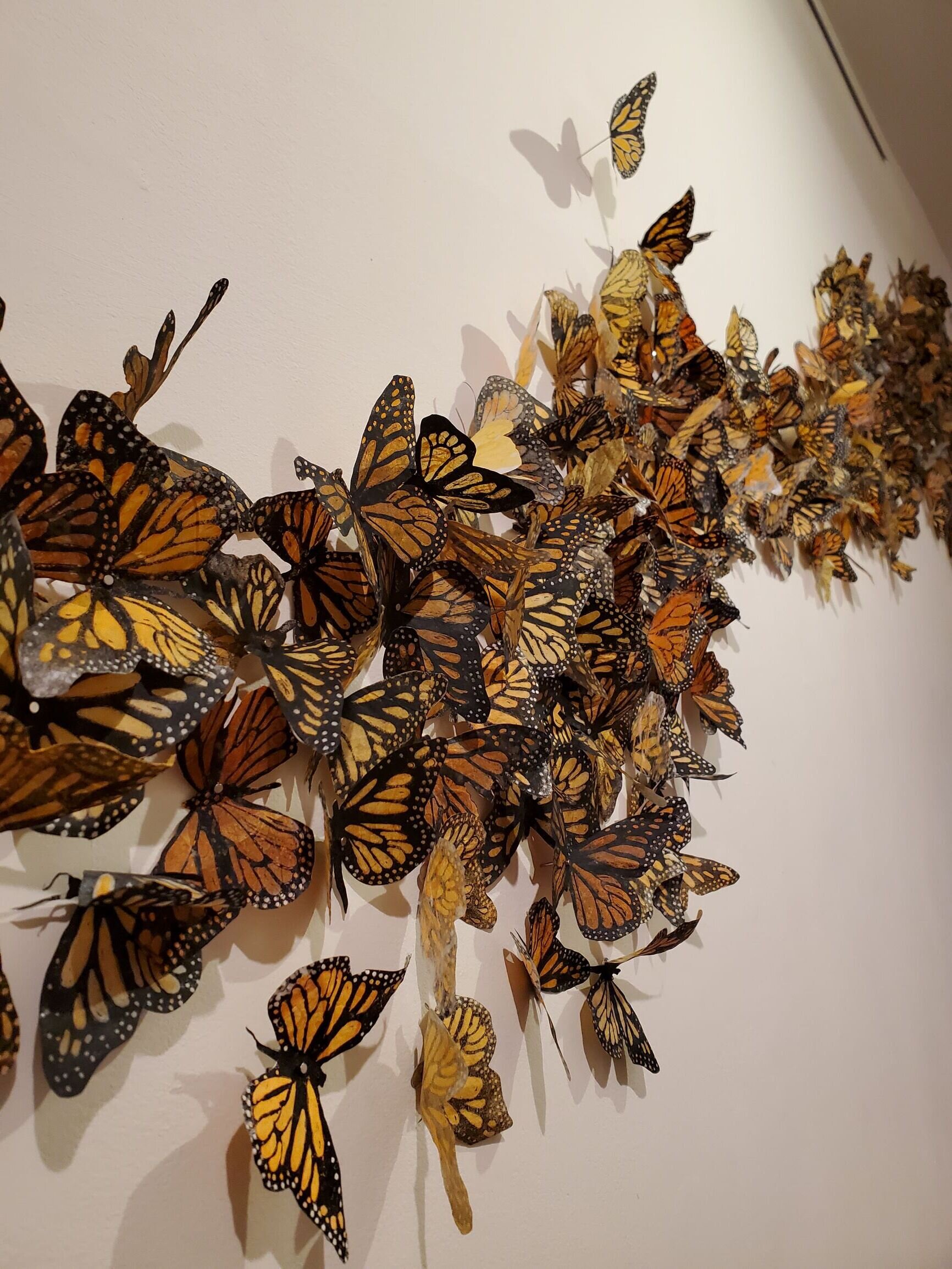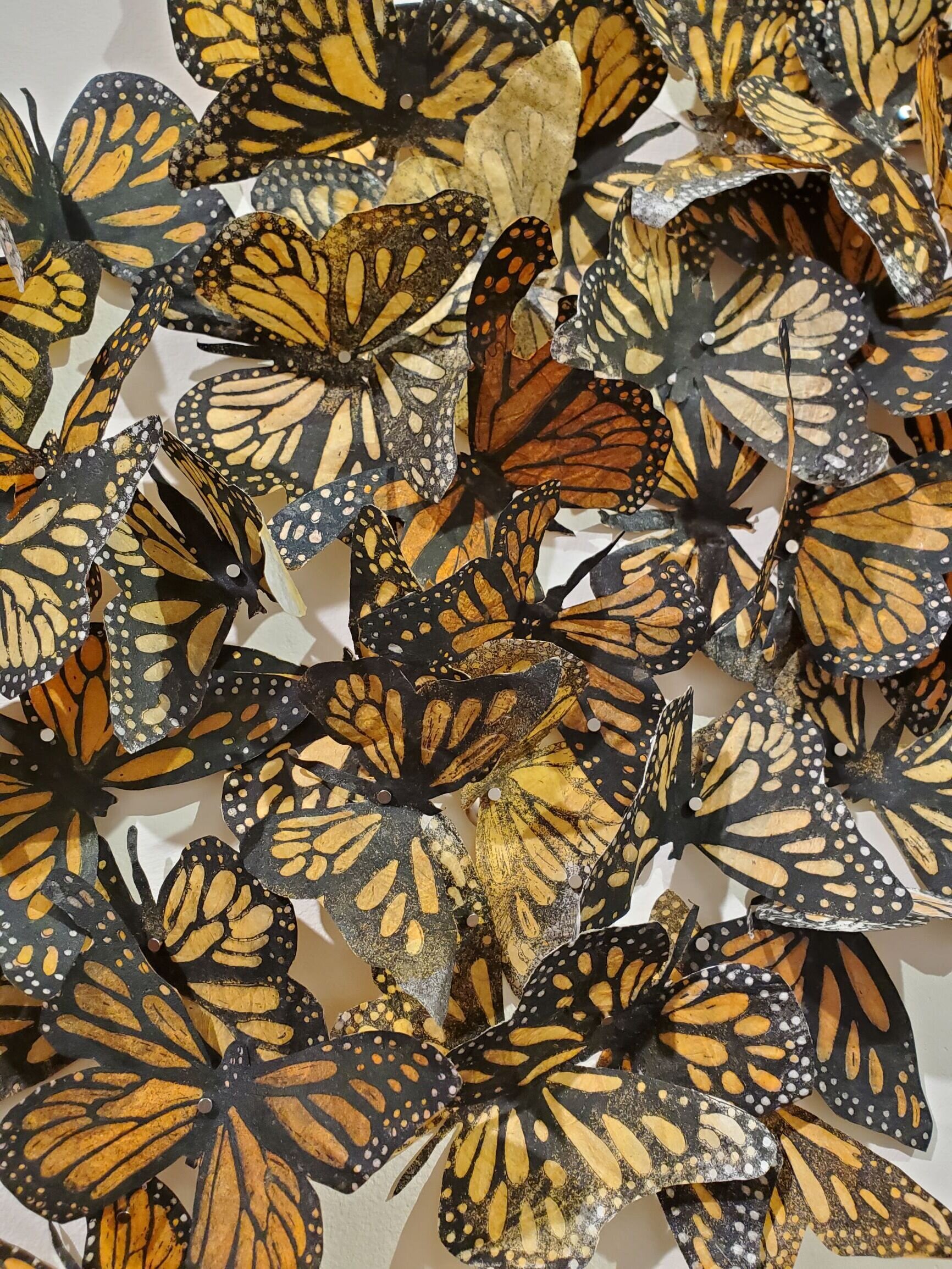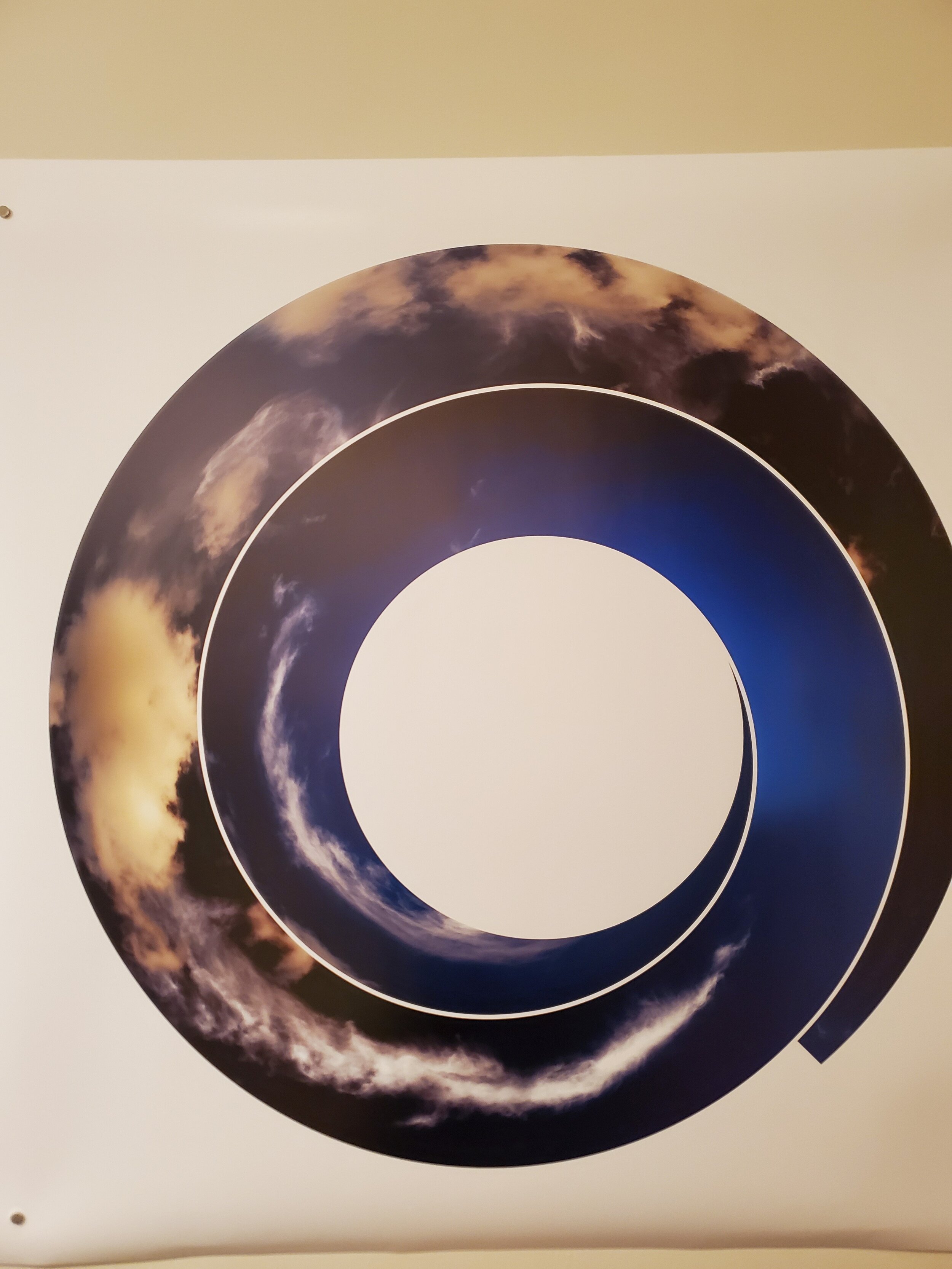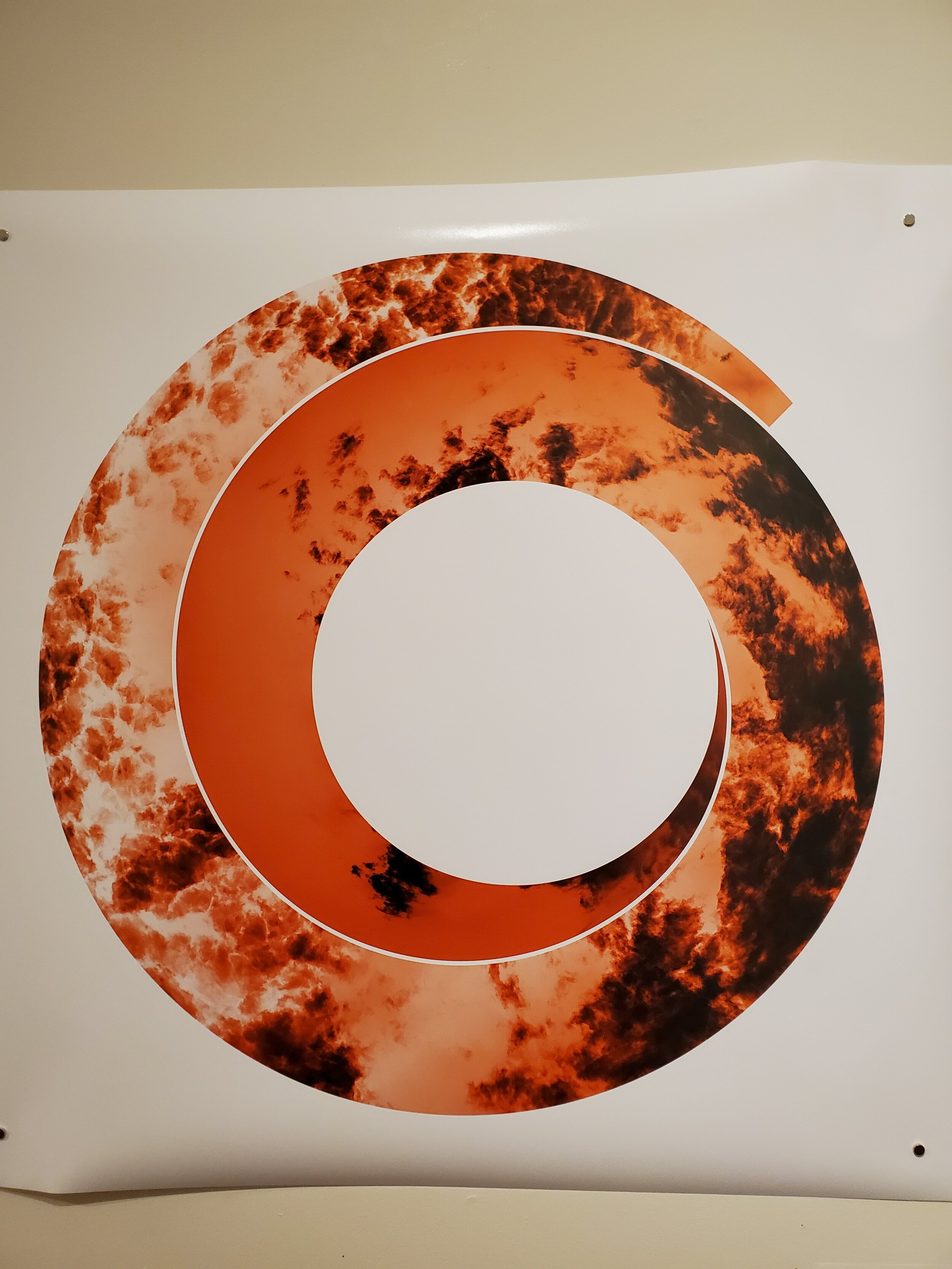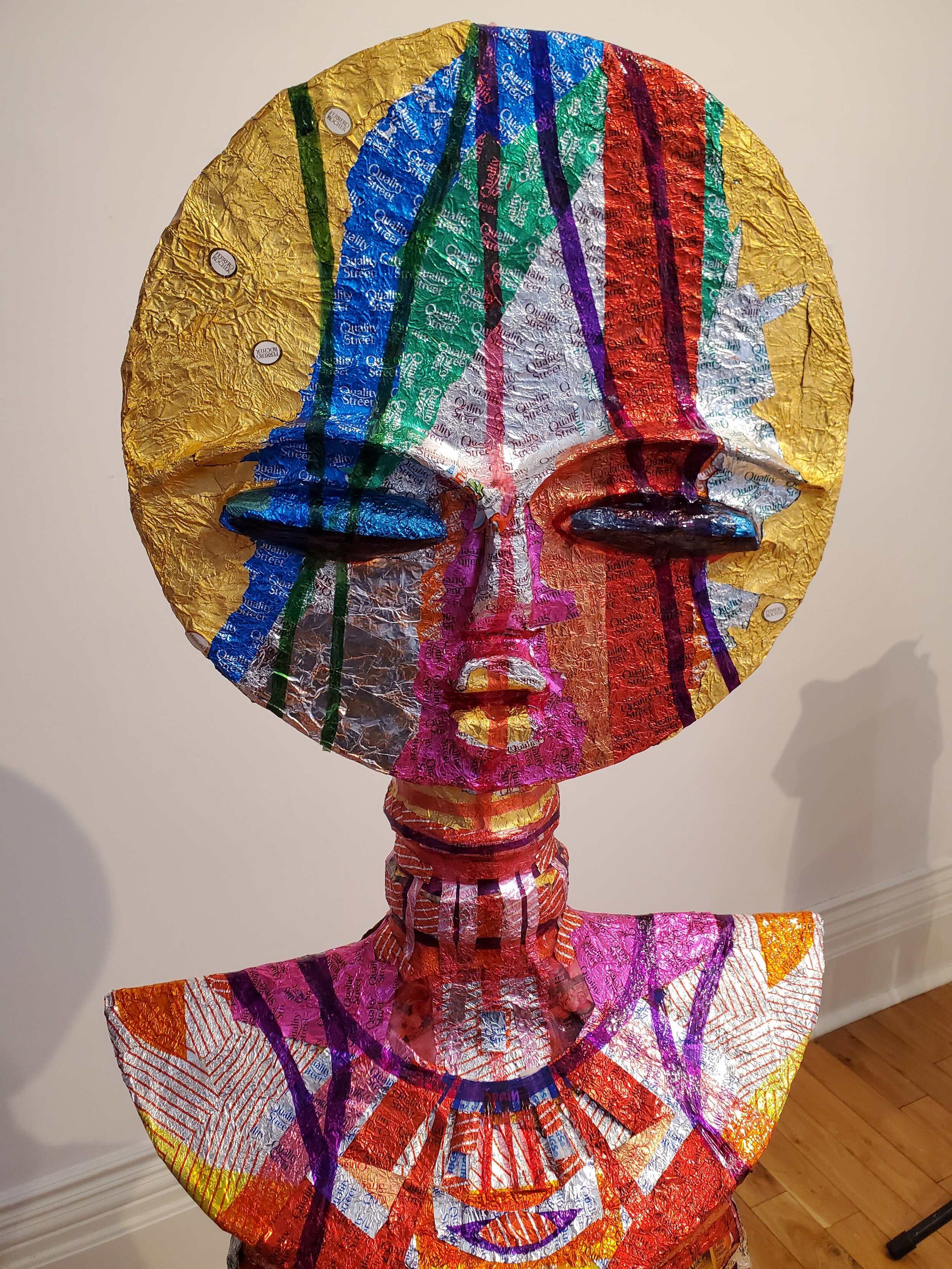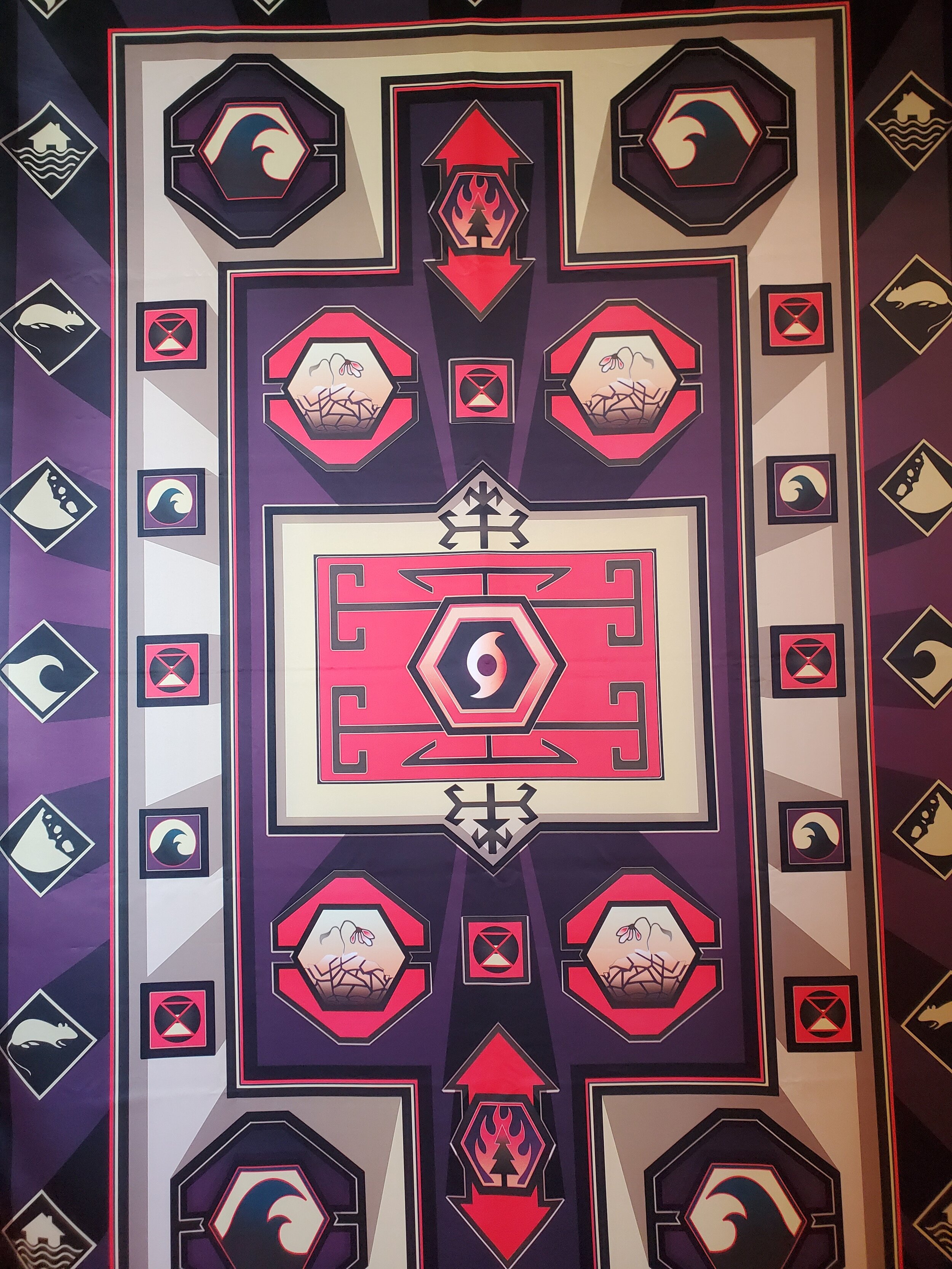Along with Come Up To My Room, Grow Op is one of my favourite exhibitions that happens at Toronto’s The Gladstone Hotel. Now in its eighth year, this four-day festival is rooted in urbanism, environmental sustainability, landscape design and contemporary art. Each year the Gladstone invites diverse projects from collaborative teams and individuals that respond to landscape, species and habitat through installation, sculpture, performance and digital media. A lot can change and has changed since this exhibition. It looks like this was the last in person art event that I’ll be going to for the foreseeable future. It’s just been a little over two weeks, but it already feels like months ago. Just like about everything else, the hotel’s public operations are currently on pause, including all hotel room stays, events, and food & beverage services.
By now it’s likely that we’ve all seen the climate change should call coronavirus’s publicist memes, seen the pictures of empty highways at rush hour that would normally be packed, and read about how carbon emissions have lowered since closures, lockdowns, and distancing was implemented. While both coronavirus and climate change are global crises, the consensus seems to be that quick action is being taken to combat coronavirus because it poses an immediate global risk. Although we’ve been hearing the climate change warnings for a while, and have seen the effects of it, its mostly talked about in future tense, 10 to 20 years from now, something that’s going to drastically affect future generations. The theme for Grow Op 2020 considered weather. How does weather affect our lives now? What changes will it bring in the future? How do we respond to the beauty and spectacle of weather, as well as its force and power? These reflections were manifested in aesthetic, narrative, metaphorical, scientific, and philosophical installations. Here are my highlights from the exhibition.
Hannah Busse The ‘Living Room’. Reclaimed materials are used to make a statement about our over consumption of natural resources and the need to reduce, reuse, recycle. Discarded materials are given new life, literally.
Carolina Delgado-Duruflé & Carlos Conde (Glass Blowing) Unfamiliar Weather. I want to live in this room! It was so peaceful. Carolina Delgado-Duruflé is a multidisciplinary environmental artist and interior designer. Talking about the weather is a favourite Canadian pasttime. This installation asks if unfamiliar weather can help us to empathize with one another.
One of the post apocalyptic characters in Kaida Kobylka and Maya Candler’s All That is Lost and Found .
Liz Menard Roosting Monarchs. This installation focuses on our relationship to nature and how that shapes our sense of place, sense of self and reflects us as a society and as individuals. Protecting habitat, preserving ecosystems and sustaining biodiversity is critical.
Harold Sikkema Cloud Storage. Long panoramic images that have been digitally rolled into compact spirals.
Hannah Veiga It Would Take All of You to Grow Anything Again. This work studies how the exposure to the elements can reveal another level of beauty in even industrial materials. It explores the personality of fungi, how they adapt to their environment, and the permanent state of change in the effects of weather being relative to memory, decay and growth.
Michael Little and Nicole Little Climate Appropriated . (Work shown here is by Nicole Little). This installation by sibling artists examines the imbalance between urbanized ecology and unchecked waste. Nicole Little’s mixed media pieces feature gods and goddesses of angry storms and stolen harvests. Her work often centers on themes of finding value in discarded objects.
I wonder what the theme for next year will be. If you made it to Grow Op this year, I’d love to know what your favourites were. What are your thoughts on the mobilization to combat coronavirus vs the efforts to fight climate change?
Story by Glodeane Brown
If you liked this post please like, comment, and share.


